Production details is the key to transform an idea into a design
In a free-wheeling chat with Amruta Nemivant of Goethe-Institut /Max Muller Bhavan, Divya Thakur of Design Temple puts forward design concepts from ancient India that are pertinent and the idea behind curating the 'Design: The India Story' exhibition.
15 Feb 2017 | By PrintWeek India
Amruta Nemivant (AN): What made you choose design as a profession?
Divya Thakur (DT): As a kid I loved to draw and afternoons were always spent sketching. I think design was a natural, sub-conscious choice. So I organically landed up at The Sir JJ School of Applied Arts in Mumbai.
AN: How has been your journey?
DT: I started out in advertising under some wonderful mentors like Preeti Vyas, Alok Nanda and Elsie Nanji, after which I branched out in 1999 to begin the millennium with a long-cherished dream of practicing cross-border multi-disciplinary design.
AN: You started Design Temple fairly early in your career. What motivated you to do so?
DT: I apprenticed, trained, grew for seven years before setting up Design Temple in 1999. It was formed with the intention of
creating good design solutions across different mediums that would potentially work for any defined market.
About Divya Thakur
Divya Thakur is the acting director of design since the inception of Design Temple in 1999. A multi-disciplinary designer, Thakur, through her various endeavours, seeks to create and curate a relevant identity for Indian design. As the director of Design Temple, she is responsible for the product line and the conception and implementation of exhibitions, events and design projects.
AN: What is the philosophy of the organisation and how has it evolved into what it is today?
DT: The core philosophy of the brand is to help define and steer the Indian design language into a contemporary one. It has been a long and exciting journey — we’ve gone from being a design studio, to opening an experimental retail space, to spearheading several exhibits on design in capitals like Mumbai, Delhi, Stockholm, London and Paris.
AN: What made you curate the current exhibition on design?
DT: While I had been invited to curate several exhibitions on design in India and overseas, we hadn’t done anything in India for a long time. The last exhibit being Animana, our whimsical take on sacred animals in Delhi and Mumbai, in 2011. The documentation on design in India is scattered. And the category deserved a thoughtful consideration and presentation of global standards.
AN: What is its principle?
DT: It is challenging to present everyday objects to people who use it every day. So I think our skills in spatial design helped us tremendously in giving the objects the platform they deserved. The presentation of the old objects alongside the new, the works of grassroots inventions along the work of dynamic contemporary designers has really helped us in showcasing the real meaning of design. This is really a democratic and dynamic tool for improving everyday living.
AN: How did you zero in on CSMVS (Chhatrapati Shivaji Maharaj Vastu Sangrahalaya) as the venue?
DT: The CSMVS was the obvious choice for showing this to the widest audience possible. And our collaborators helped us tremendously. Godrej & Boyce not only presented examples of their contemporary innovation, but Godrej archives literally opened up the vaults and let us in! Asian Paints, our second collaborator, is a fine example of a brand that has successfully used design to differentiate and rise above its competitors reaching 4.436 billion people across Asia. The Taj Mahal Palace, Mumbai is one of our oldest clients, and one of the earliest embracers of design and technology to effect the excellence in hospitality.
AN: How was the twin show 'Ideas Through Time at Gallery MMB' conceptualised?
DT: While my team and I were researching objects and services, our Bibles for research were papers written by professors from NID (National Institute of Design), like Kumar Vyas, and institutes like CEPT.
And I’ve literally had certain ideas and approaches jump out at me, over and over again during this research. These ideas became the basis of the twin show, 'Ideas Through Time at Gallery MMB'.
Through this show, I put forward eight concepts culled from various texts to evaluate their relevance as we go forward into the fourth digital revolution.
Ancient Indian concepts and the future of design
On the sidelines of the Ideas Through Time exhibition, leading designers from various industries came together to contemplate the possibilities of design through the ancient design concepts.
This exhibition aims to further our understanding of the Indian approach to design. The exhibition hall was designed as rooms with bamboos which were identical, except that each scripture in the room displayed a different text: Kala, Vidya, Auchitya, Kaal, Sangrahit, Prakritik, Sankalan and Ahmiyat. A walk through the exhibit—titled “Ideas at Gallery”—served as an introduction to the session that followed upstairs on 21 January 2017.
The event’s speakers were Anita Lal, creative director of Good Earth; Bijoy Jain, founder of Studio Mumbai; Ekta Aggarwal, former creative director of IDEO.org, New York; Priya Paul, chairperson of Park Hotels; and Sandeep Sangaru, founder of Sangaru Design Objects. It was convened by Sudhir Bhatia, founder and creative director, bRnd Studio, and Divya Thakur, founder, Design Temple.
Each speaker picked a theme. Aggarwal shared a case-study on how through design how through design problems of Syrian refugee children with alarmingly low rates of literacy were addressed. She said, “The meaning of design needs to expand, it need to go beyond just designing graphics or a logo. Innovation needs to happen at a scale for impact.”
Later in the session, Bhatia spoke of a project that was aimed at improving the conditions of malnourished children in Vietnam.
Award-winning bamboo furniture maker Sangaru stressed on minimalism. Lal spoke on the concept of Ahmiyat. She took forward the conversation about Indians’ inherent connect with nature —citing our way of naming colours like aasmaani, gulaabi and pyaazi. “So many of the designs in use today were made hundreds of years ago,” she said.
The seminar—that later opened for questions from the audience—ventured into areas one wouldn’t normally associate with designing: from the decline of the specificity of the natural oils that clients find in their rooms at Park Hotel, Hyderabad to how design should help build a sustainable future.
AN: How do you see the future of design in India?
DT: I would say mass production holds immense potential. We have the numbers, and we definitely have the need. If we can embrace the problem solving aspect of design and take it to the people of India, I think we’re onto something inclusive and for the greater good of the country.
AN: A designer can get restricted by the technology available to him/ her. Have you ever faced this challenge?
DT: Many times. A designer’s path is fraught with challenges! And one of things you learn over the years is to work around them. Sometimes even because of them.
With Dayanita Singh: museums that fit in your pocket
On Sunday, 22 January 2017, Dayanita Singh a Delhi-based artist who uses photography to reflect and expand on the ways in which one relates to photographic images walked through her latest concept of books that becomes the museum and a museum that fits in one’s pocket. The walkthrough was held at Dr Bhau Daji Lad Museum in Byculla, Mumbai.
Talking about photographic prints Sign said, “I personally like offset more than digital. With digital, I can directly take print whenever I want, with no extra help.”
Singh’s latest concept is wherein books act as a museum. Singh said, “Books is a third space, between a gallery and the publishers. Books are precious, and you do not know where the books would end up around the world.”
The limited edition book will be printed at Germany-based Steidl Press and has a run length of 3,000 copies. Singh has been a fan of Steidl Press since long. She says, “Steidle masters the art of print and post-press. The triton printed by them is excellent.”
The book contains images from all the nine museums that make Museum Bhavan which translated into nine accordian fold books in collaboration with Steidl. The nine books come in a box with unique cover and can be carried easily. Singh said, “I liked that people had to engage personally in buying the book, in deciding the cover, etc.”
AN: How important is it for a designer to understand the production process?
DT: An idea is an idea. The success of translation is in the details of production. I personally love production - the printing press, the dye maker’s foundry, and the challenges of mould making. I love the whole nine yards and perhaps it’s the ink or the chemicals but a visit to any factory is a high. So yes, in short, understanding and appreciating the production process is critical to translating any idea. They are the most critical collaboration to a successful collateral, or product.
AN: Can you explain this with an example?
DT: In 2010, when we celebrated our decade in Design at Bodhi Art Gallery, I had put up 101 examples of print work that our studio had created over the ten years.
Each one of those collaterals was and still is a testament to the brilliant printers that we collaborate with. Mumbai’s Jak Printers and Silverpoint Press, Hyderabad’s Pragati Offset and last but not the least Suresh Lodh of Screen Art, to name a few have been our best print partners.
AN: Based on your experience, what are some of the points that young designers should keep in mind, especially when it comes to production.
DT: I think you have to develop a love of people, process and detail in order to design meaningfully and mindfully.
For production, one has to learn to enjoy and appreciate the production process then we can use it effectively, masterfully and push the boundaries.


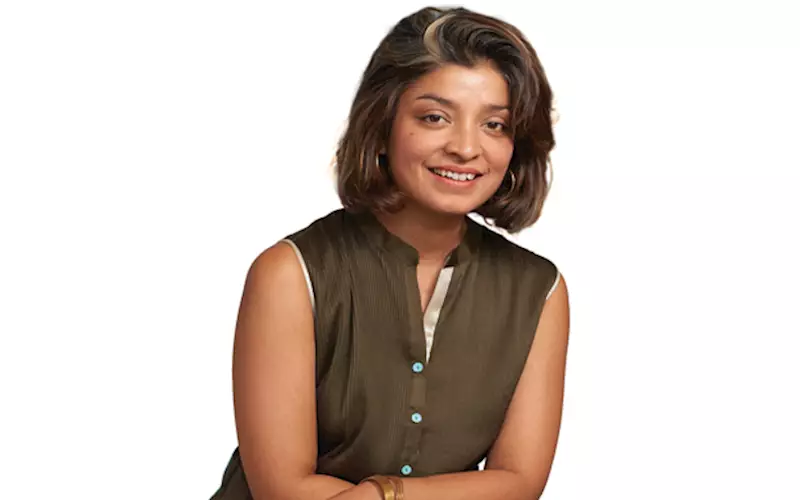
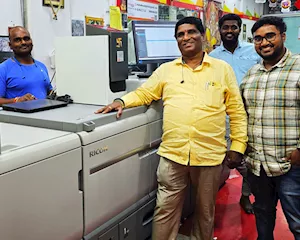
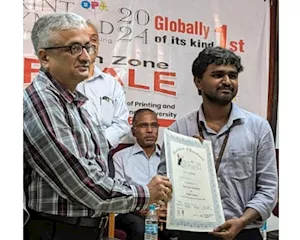
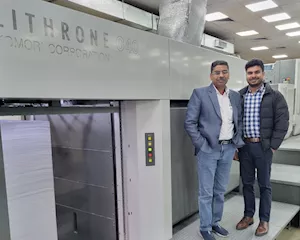

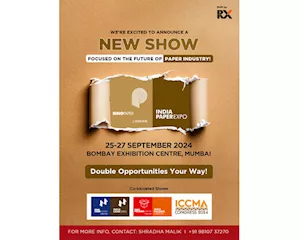

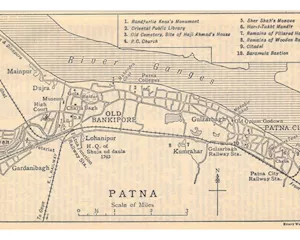
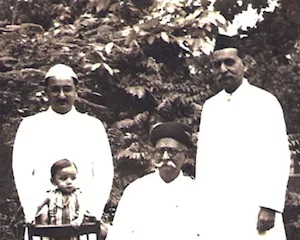
 See All
See All